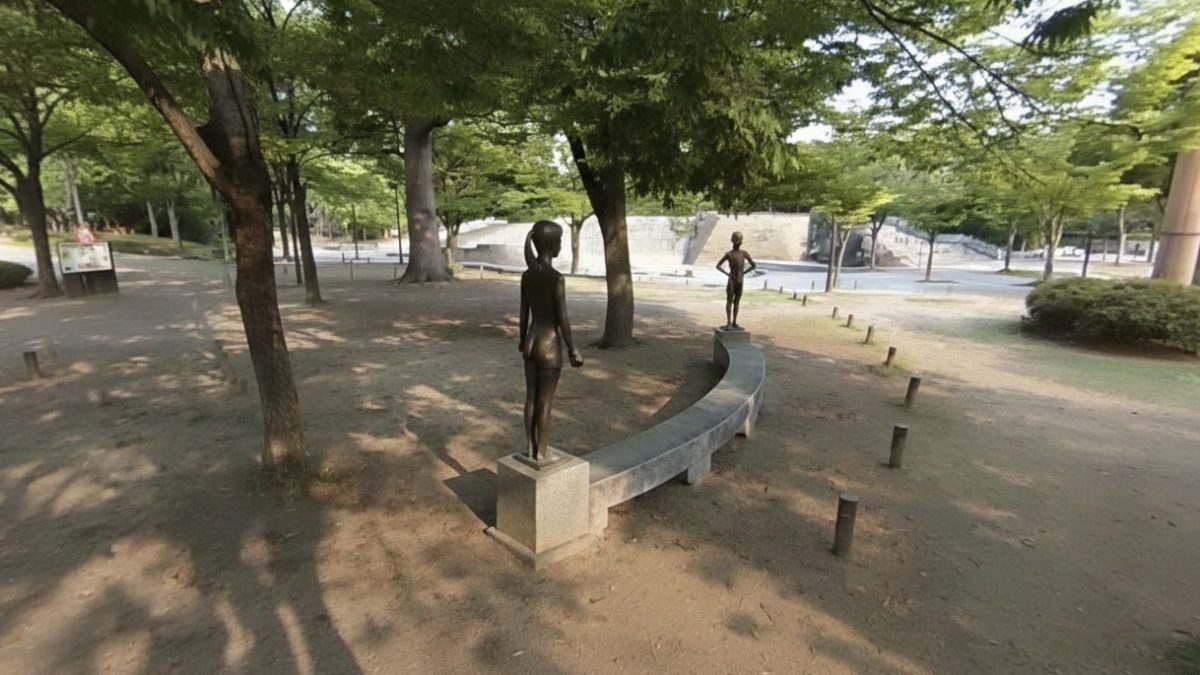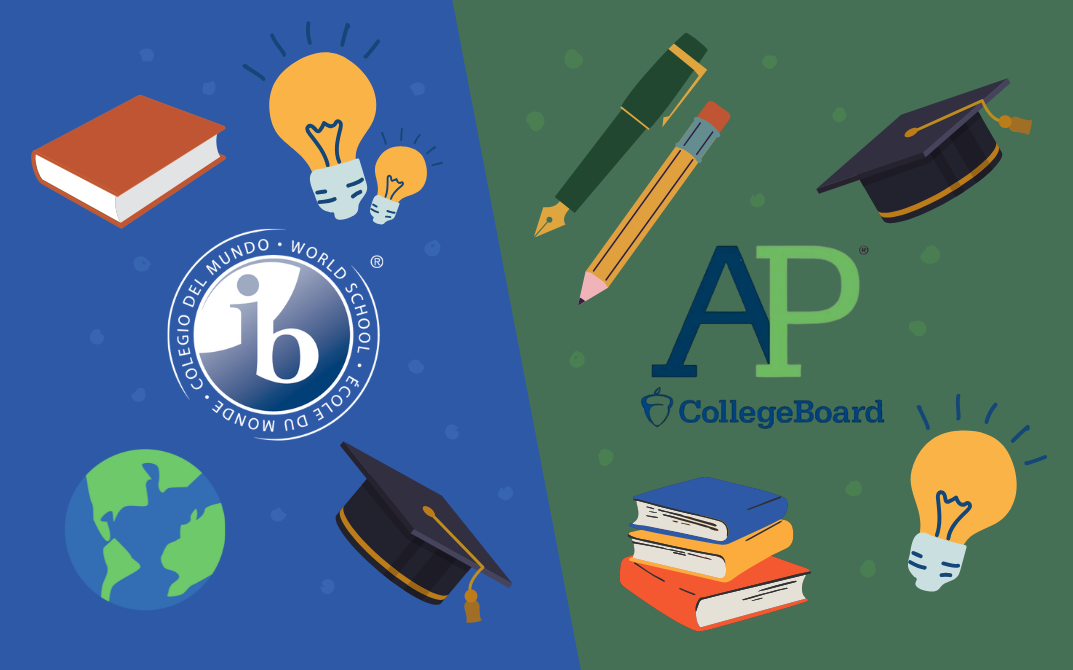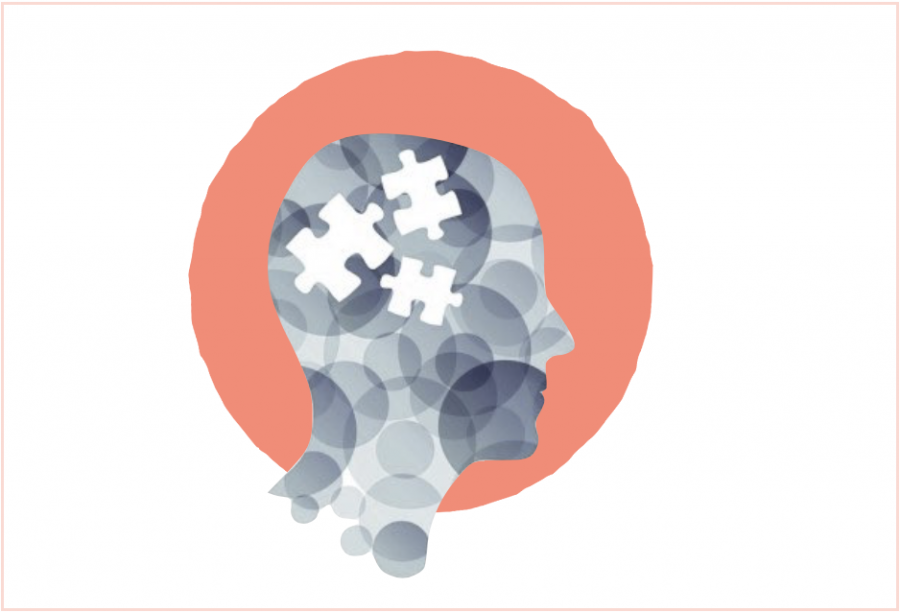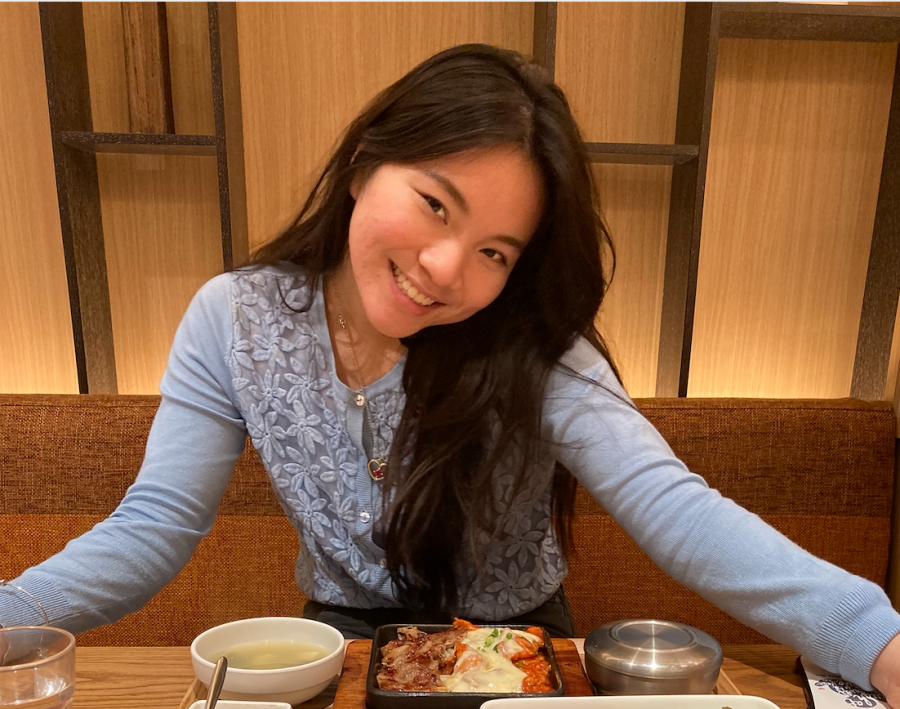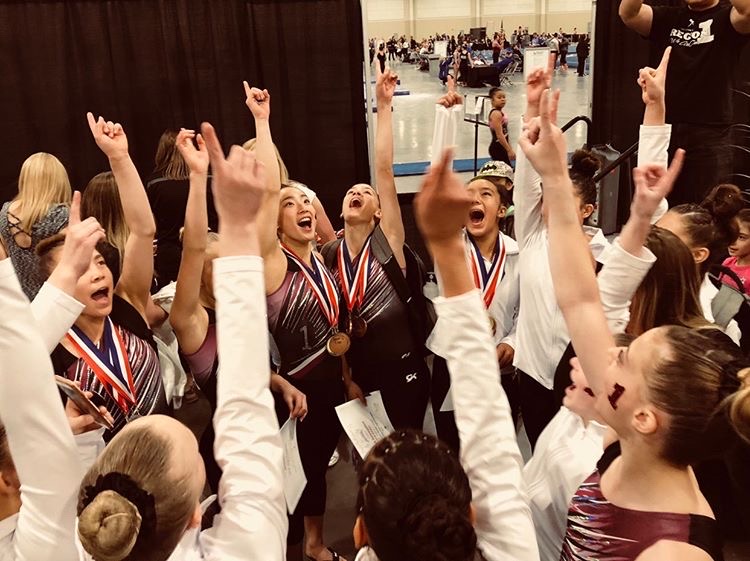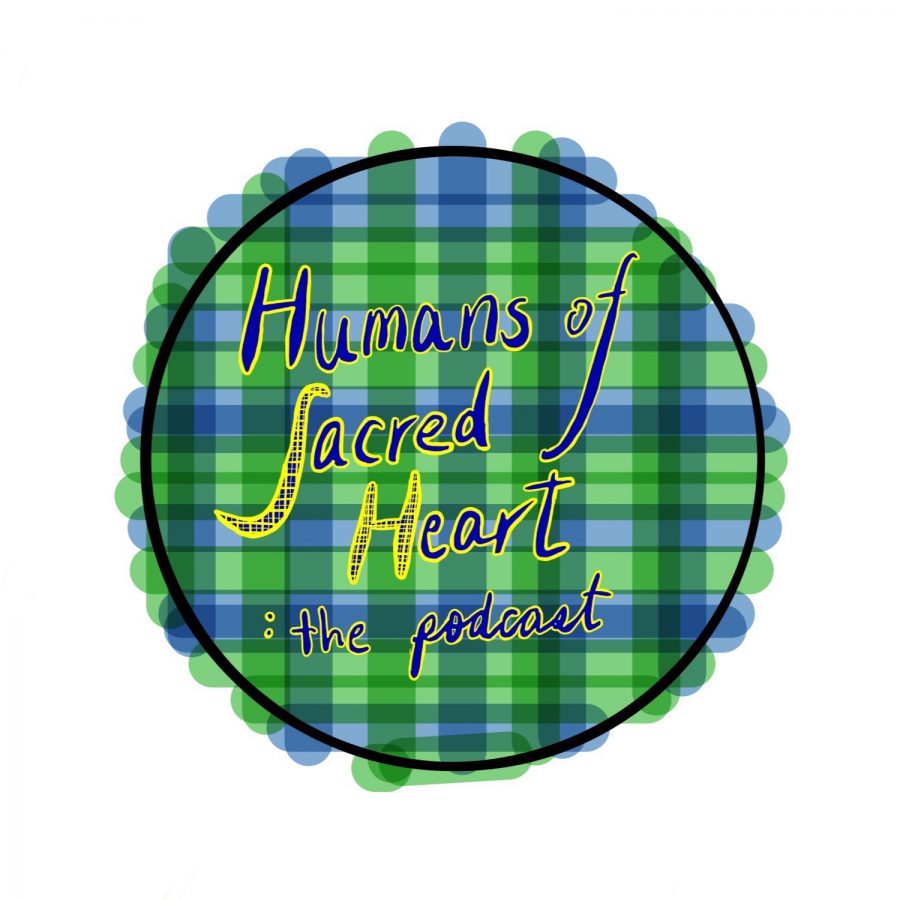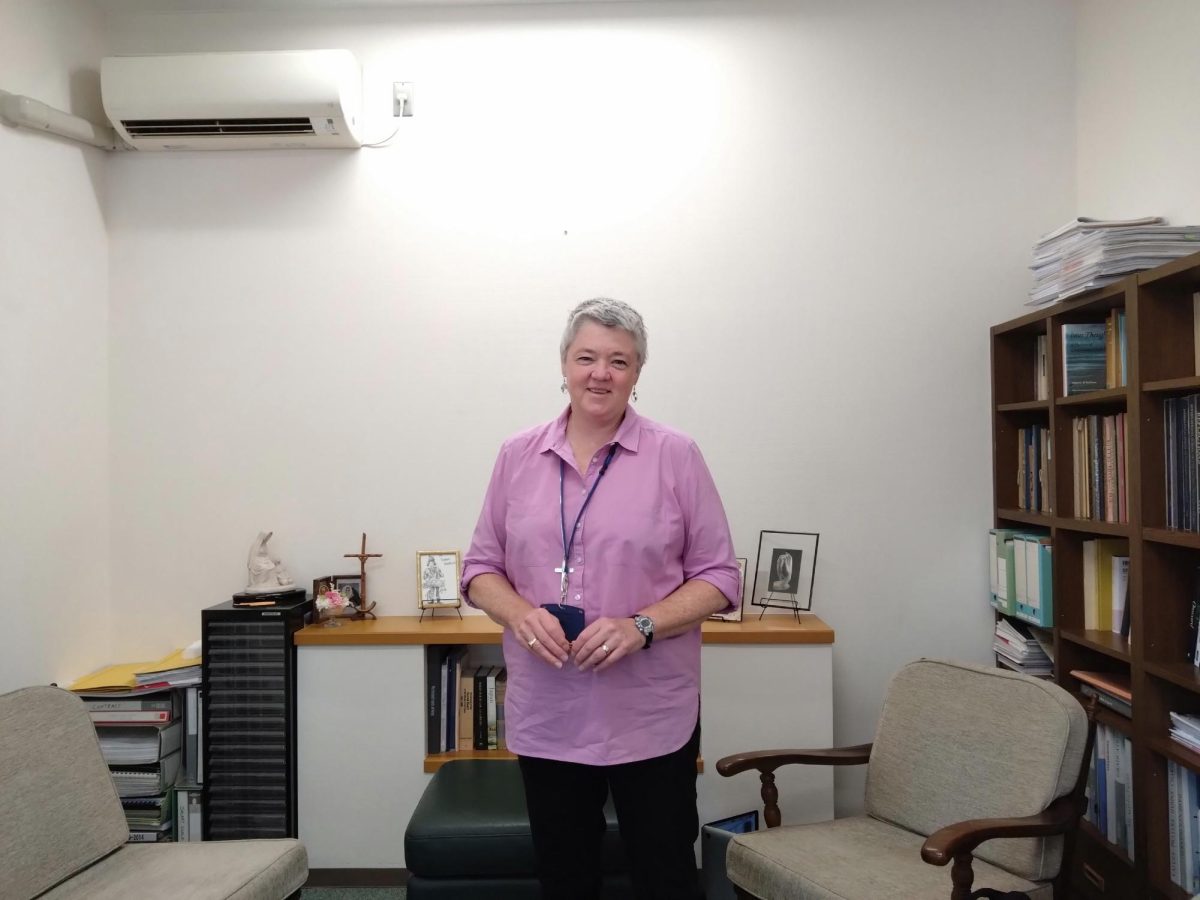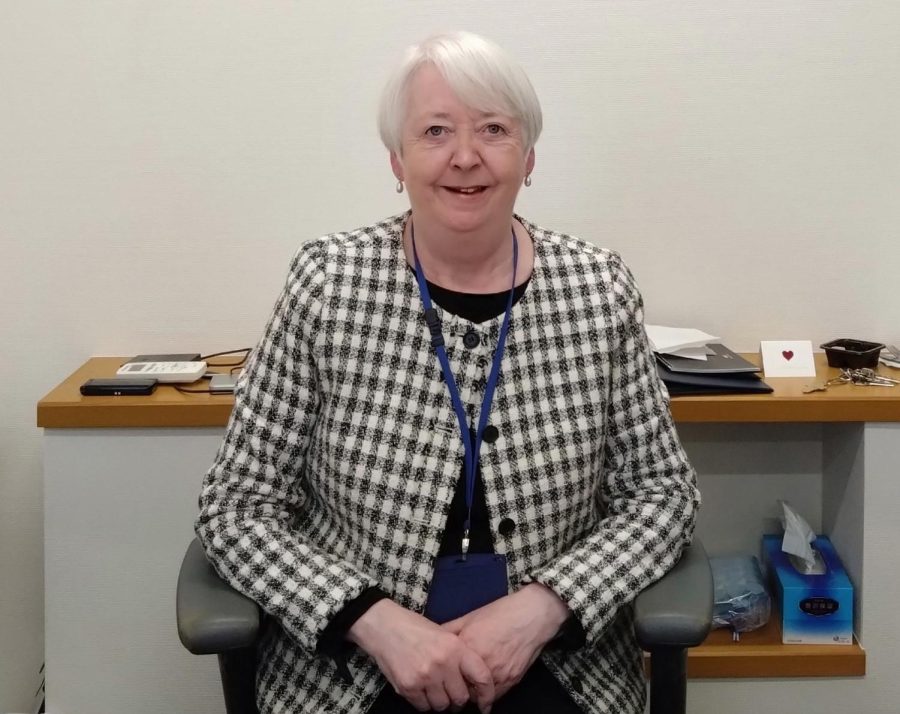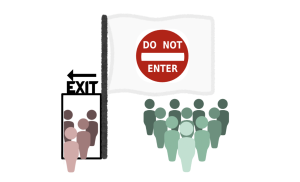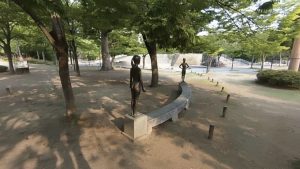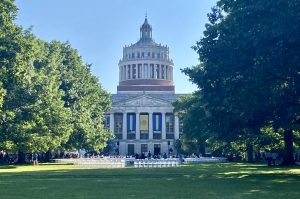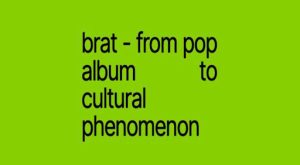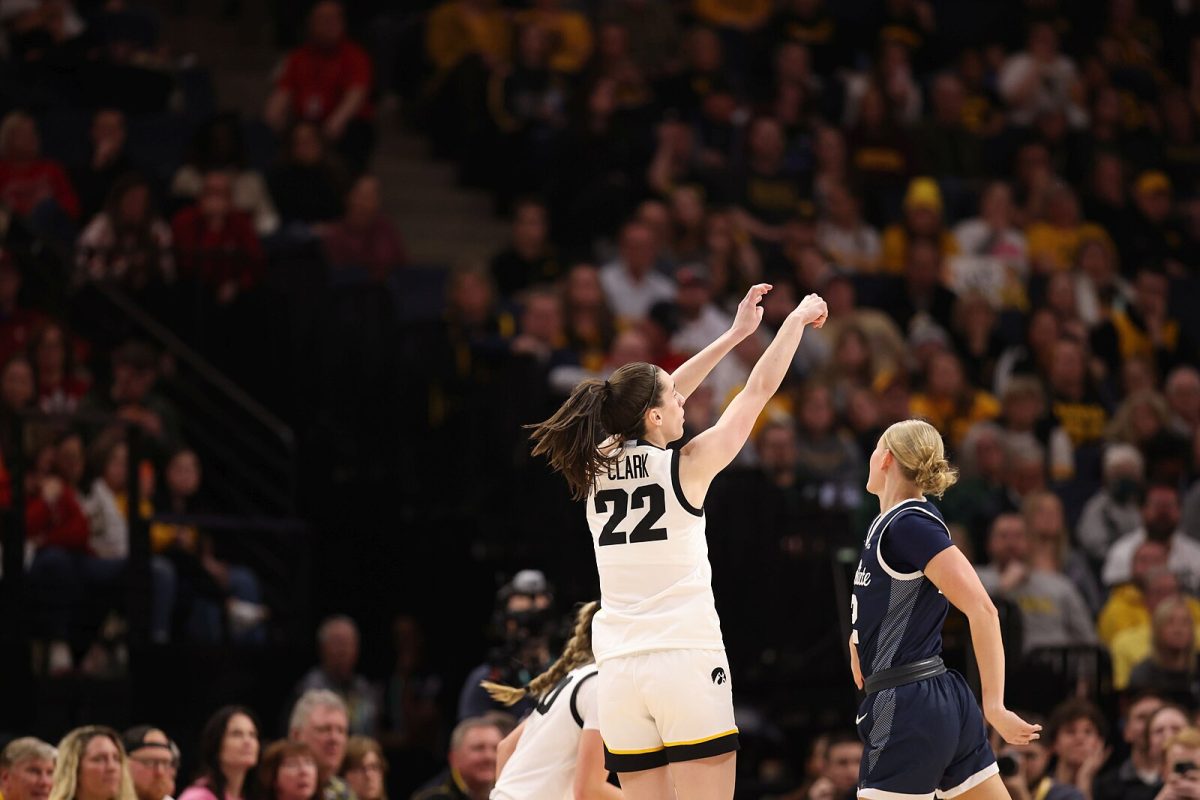Mr. Millam
February 12, 2023
“I’m Mr. Millam, I was born and raised in Whittier in Southern California, USA.
I’ve always been interested in art, but I never thought of it as a career until my second year of college. I took a photography class and thought, “This is what I want to do, I love it!”, and that’s when I decided to do it as a job. I also never really pictured myself as a teacher. When I left high school, I thought I would never come back to high school again. But then, once I got into teaching, I just really enjoyed it. I’ve been in teaching for 16 years now, six of which I taught photography.
I really enjoy being able to do both art and teaching. I know that a lot of people assume that in being an art teacher one has to be chosen over the other, but really they can flow together. As an artist-teacher, I can make very academic art, or I can choose to make art that’s more fun or has a general theme/idea to it. My artwork informs my teaching and my teaching informs my artwork. I feel like they have both become a part of my artistic identity in that I’m a teacher and an artist and that I can do both. My job has really become a time where I can explore new techniques with students and come up with new ideas. This school has really embraced the program, and they even encourage me to work on my own artwork by myself, so if I have the time I have the option to spend my extra time in the 3-D art room, and really develop my craft.
The opportunity to grow and develop my craft has been really important for my role as an artist-teacher. I have had to constantly look back at my previous artworks, reflect on them, and use them as inspiration. For example, I had some cups that I sold for a high price even though I had thought no one would buy them. I always keep those cups in the back of my mind when I’m creating new art because not only do they motivate me to create new art but also I often ask myself, “What did I like about those cups? How could they have been better?” and that has really helped me reflect on and hone my skills.
One of my biggest challenges throughout my journey as an artist teacher was trying to grow, find my confidence and embrace my role as an artist teacher, especially when I switched mediums from photography to ceramics.
One year, another art teacher in a different school in my district, left, and so I was transferred to their position. The teacher before me had been more experienced than me and I hadn’t done ceramics in a long time, so I was nervous, but then I just kind of figured it out as I went along. I immediately fell in love with ceramics and I think I embrace and show love for ceramics much more than I do for photography. Ceramics became something that I’m really excited about, and I think that excitement translates to the students as well. And I think the students catch on with that energy and enjoy my excitement for the media.
Seeing all the students creating artwork is one of my favourite things. Watching them get excited about a new project, and then challenging themselves and trying something difficult, is something I really enjoy. I just feel like when I’m teaching, I’m not only teaching a technique, but I’m also teaching the students how to express themselves, how to explore issues in the world, and how to create art that’s meaningful.
Building relationships with the students is something I have found to be crucial for my job. I have realized that, building meaningful relationships and trust within students goes a long way. If your students trust who you are, then they trust you as a teacher. I show that I understand everyone is different and that those differences can be strengths that can be used in the classroom, especially in art class. It’s a great aspect for me to really help my students to express themselves and learn about each other and themselves. It also really helps build community, and it has become a strength for the class and for the students.
I feel like this year’s theme [our differences are our strengths] is a very timely theme, it reflects on what’s happening around the world and it is something that is important to think about and consider and have as part of the school and what is being taught in classrooms. Especially as a white male teacher, I feel like it’s important that I show that I’m trying to embrace our differences and to find strengths in them. I try to lead by example, not just for just students, but also staff and teachers on campus. Though I feel like that already happens in ISSH, no one here looks at differences as a negative and it seems like differences are being embraced, and that everyone’s encouraging of each other.”


